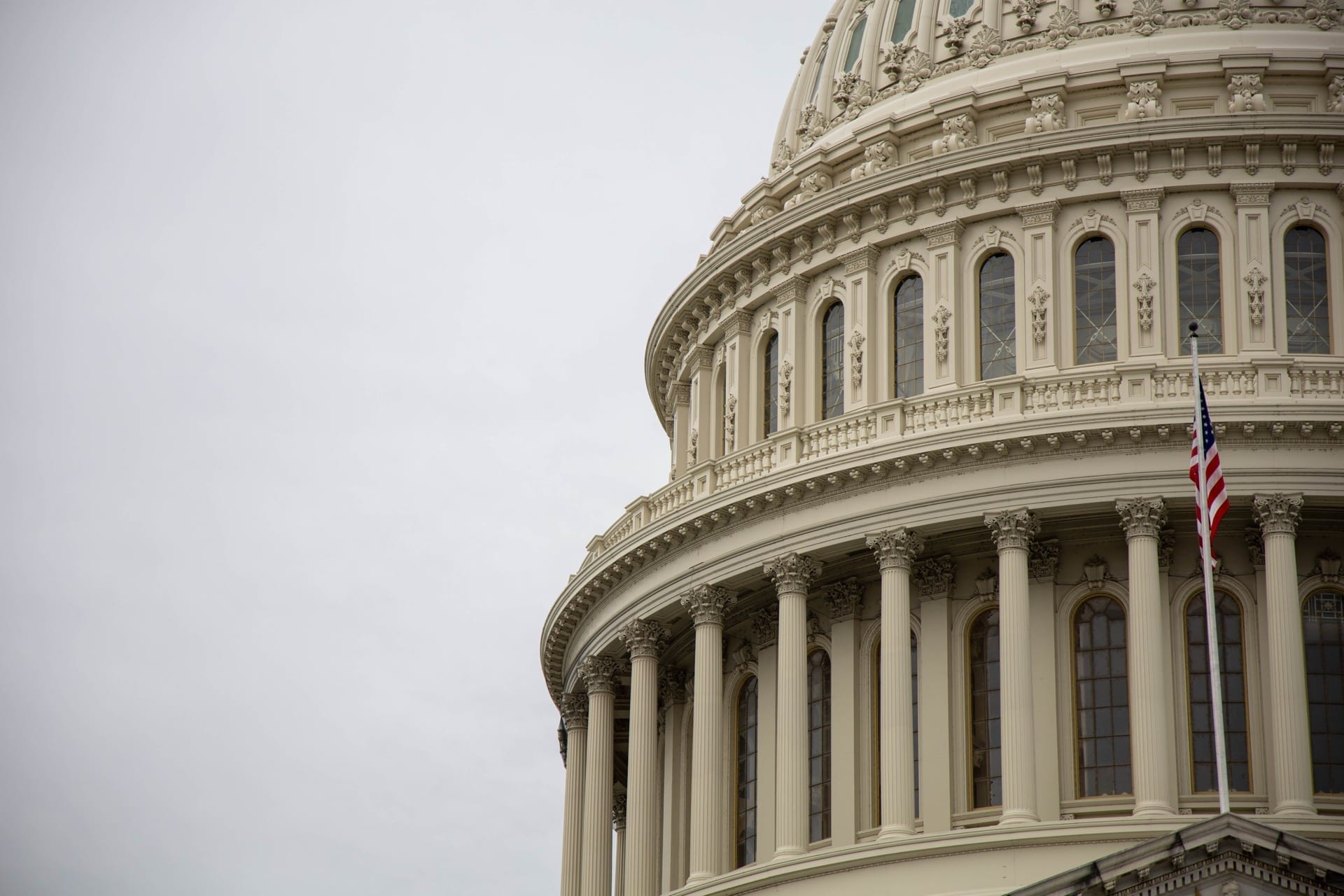Over 61 percent of eligible voters turned out this year, the highest turnout level since 1968. Much has been made of Barack Obama’s turnout machine, which drew out a new cadre of voters–”particularly new African American, Hispanic, and young voters”–and these voters cer-tainly contributed to Obama’s win. Obama dominated McCain among these new voters, not only young and minority voters, but first-time voters of every age group and demographic heavily supported Obama.
In the 10 months leading up to the 2008 election, Democracy Corps conducted nearly 18,000 interviews in 16 national surveys with voters around the country. Based on a review of this extensive database, we’ve identified several key trends in the 2008 electorate that can offer guidance for progressive moving forward.
In our first report, released last week, we explored early voting in 2008. In this second analysis, Democracy Corps founders Stan Greenberg and James Carville, along with Al Quinlan, Mike Bocian and Brian Stryker of Greenberg Quinlan Rosner, explore the dynamics of turnout and persuasion and gauge the importance of each in Barack Obama’s victory. Over 61 percent of eligible voters turned out this year, the highest turnout level since 1968. Much has been made of Obama’s turnout machine, which drew out a new cadre of voters—particularly new African American, Hispanic, and young voters—and these voters certainly contributed to Obama’s win. Obama dominated McCain among these new voters, not only young and minority voters, but first-time voters of every age group and demographic heavily supported Obama.
However, it would be wrong to say that new voters alone won Obama the presidency; Obama also performed far better than John Kerry among the 2004 electorate that elected George Bush. He moved a significant number of Bush voters into the Democratic column and thus won the presidency.


